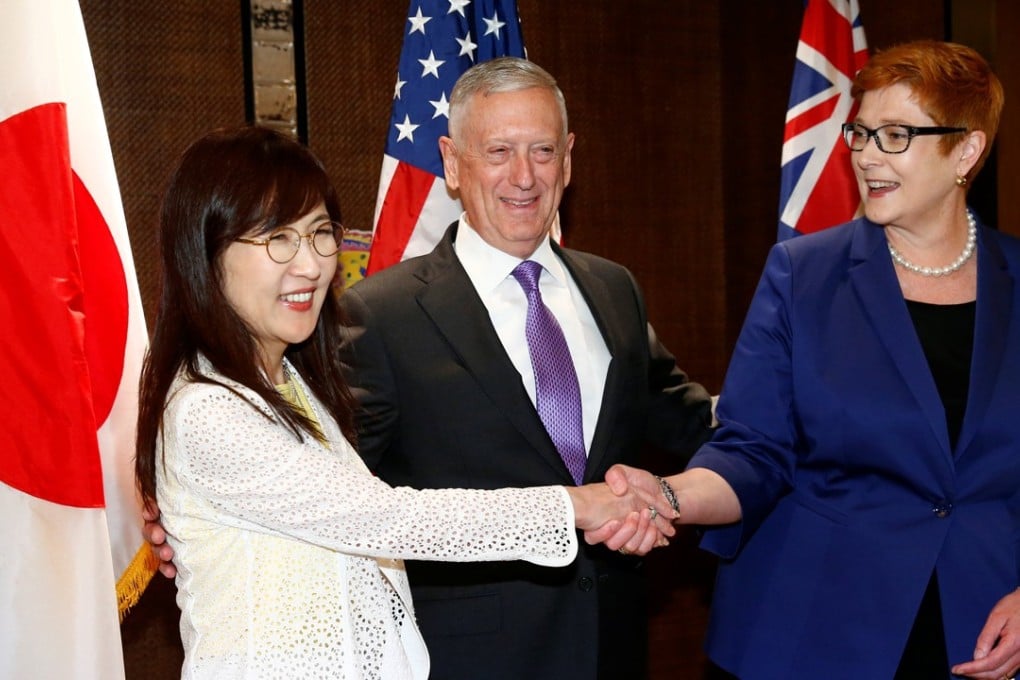Sino File | US, Japan, India, Australia ... is Quad the first step to an Asian Nato?
It’s more than just changing the name of the ‘Asia-Pacific’ to the ‘Indo-Pacific’ – the ‘Quad’ grouping of like-minded democracies has the potential to dramatically change the region’s security landscape

IT is no longer the “Asia-Pacific”, but the “Indo-Pacific”, at least, according to the United States and some of its allies. Such a change may not seem much on first glance, but these four letters are far more than a matter of semantics: they have the potential to create a seismic shift in the geopolitical landscape of the region.
There’s one clear winner when US, India, Japan and Co. gang up on China. It is...
In a statement after the meeting, the four nations said they were committed to ensuring a “free and open” region, with “respect for international law”, and “the rules-based order in the Indo-Pacific”, a reference to what they see as China’s flouting of territorial, maritime and trade rules – including Beijing’s rejection of an international tribunal’s ruling against it regarding its South China Sea dispute with the Philippines.

The new strategy to confront China head on with a unified front underscored a growing regional competition between Beijing and Washington. The Quad meeting came as the US appeared to be shifting strategic focus. As Trump was visiting East Asia, he too referred to the region as the “Indo-Pacific” rather than the “Asia-Pacific” – a clear shot at Beijing.
The strategy appears to be part of Trump’s “hard-balancing” of his East Asia diplomatic policy. He sees it as a way to keep a US presence in the region after abandoning his predecessor Barack Obama’s ‘pivot to Asia’ and withdrawing from the Trans-Pacific Partnership trade agreement.
